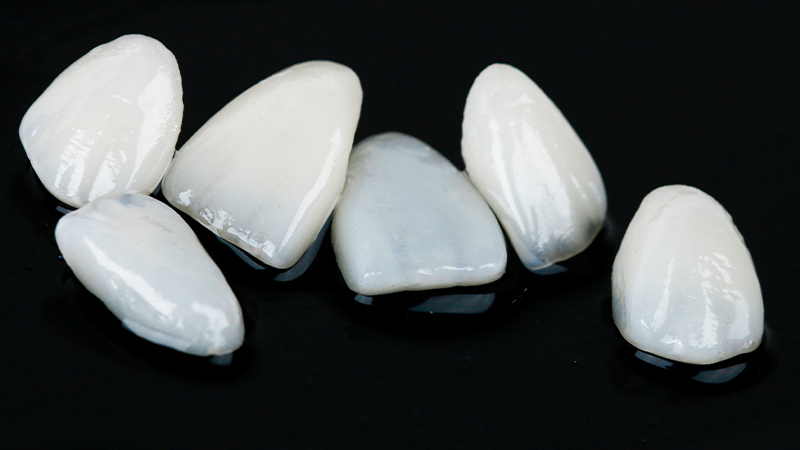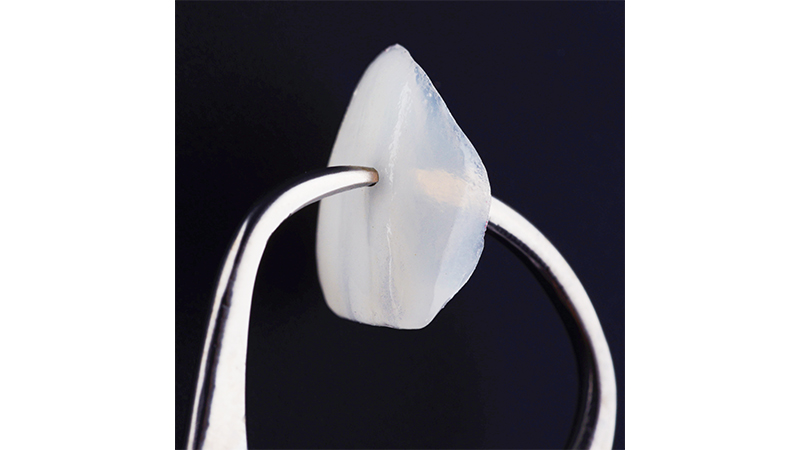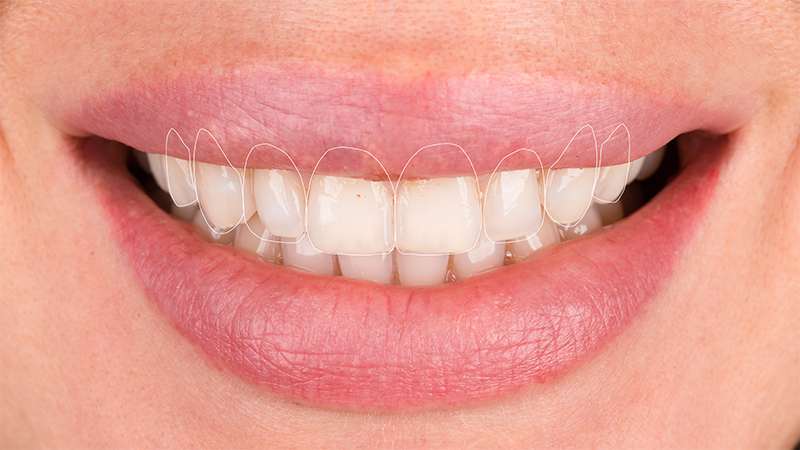We all know the importance of a regular check-up to monitor our oral health and fix any issues; yet more and more people are heading to the dentist for a different reason: cosmetic dentistry to improve the appearance of their teeth. We chat with Hong Kong-based Dental Surgeon DR JOHN BERTRAND CHEN about why cosmetic dental procedures such as teeth whitening, porcelain veneers and implants are increasing in popularity.
Cosmetic Dentistry
Cosmetic dentistry, as it’s known, is on the rise – and some would argue that it’s a meteoric rise. According to Dr Chen, this increase in the popularity of cosmetic dental procedures can be attributed to a couple of key factors. Interestingly, they relate to patients who are at opposite ends of the age spectrum.

“The human population is getting older and people are retaining more of their natural teeth,” says Dr Chen. “Smiles can show certain signs of ageing from an aesthetic perspective – for example, shorter and darker teeth with worn incisal edges.”
“At the same time,” he adds, “as social media continues to be a huge influencing factor for our generation, the human population is also more aware than ever of their smile through looking at celebrities and their ‘smile makeovers’. Lots of younger individuals are therefore seeking to improve the aesthetic appearance of their smile, whether it’s to whiten their teeth or to improve the shape of their teeth.”
Dentistry as art
While cosmetic dentistry can address both of these trends through various means such as teeth whitening, porcelain veneers or composite bonding, Dr Chen says that it’s about much more than just the technical aspect of placing porcelain or bonding composite resin to teeth. “Cosmetic dentistry is an art form – one that needs to take into account a person’s gender and their facial structure and symmetry to not only mimic nature as closely as possible but also to provide a manifestation of a person’s individual character or identity.”
It’s therefore a very intimate and personalised service for every individual.
“Each set of porcelain or composite veneers is carefully planned through digital smile design and mock-up presentations tailored for the particular patient. This planning stage facilitates communication between dentist and patient, and allows the patient to visualize the aesthetics prior to having anything done.”

The upper teeth
One such example of this personalised artistic “tailoring” can be achieved with the maxillary (upper) teeth. Personalised characterisation can be achieved with slight differences in the position, length and shape of these particular teeth, according to Dr Chen. He says:
- “Youthful teeth are generally seen as highly aesthetic and are characterised through rounded incisal edges, a U-shaped smile line, and brighter/vibrant colours (or ‘value’, to use the technical term). This is in contrast to an aged dentition, which often displays less of the smile due to the wear and tear causing the teeth to become shorter and flatter, while also usually having a ‘darker’ appearance (or lower ‘value’).”
- “A patient who seeks a more ‘feminine’ smile might consider veneers of a more rounded, smooth and tapered nature. A patient who wants a ‘masculine’ smile, might consider veneers that are more cuboidal in shape, with larger dimensions to give that bold masculine feel.”
- “An upper canine that is long and sharp can often give off an aggressive expression while one that is blunt and shorter in shape can give off a passive and kinder expression.”
Colour and brightness
Tooth colour and characterisation is another topic that is very subjective and personal to a patient. “There is no universal shade of teeth that is well-liked by everyone,” says Dr Chen. “Some individuals prefer a more natural colour with high translucency (that is, the amount of light that transmits through the restorative material), and some prefer the whitest and brightest opaque shade. Each patient has their own ideal colour and ‘look’ of their teeth – and it is the cosmetic dentist’s responsibility to manifest this through his or her artistic craft.”
Other aesthetic considerations
Though cosmetic dentistry is heavily personalised and tailored to each individual, there are some aesthetic standards that can influence the logistical planning stage of the smile design, according to Dr Chen.
- Aesthetic smile: “An aesthetic smile has a wide smile width, with the teeth displayed towards the back of the mouth. On the contrary, a narrow smile width creates black triangles at the corners of the mouth causing the front teeth to disproportionately stand out.”
- Smile line: “This refers to an imaginary line along the edges of the upper front teeth, which is considered aesthetic if it mimics the curvature of the upper border of the lower lip when smiling.”
- Tooth proportion: “Teeth are often considered to be aesthetic when the mathematical ratio known as the ‘golden proportion’ is present; that is, when viewed from the front, the width of each anterior tooth is roughly 60 percent of the width of the adjacent tooth.”
A final word
As we’ve seen, with advances in medicine resulting in an older population, and the boom in social media being embraced especially by younger people, the demands for beautiful smiles are at an all-time high.
“Crafting beautiful and lifelike veneers or composite restorations requires personalising and tailoring a smile design for each individual patient – and this can take into account tooth characterisation, colour, shade, shape, position and arch form,” says Dr Chen. “Some general aesthetic principles can be followed, but ultimately the aesthetics will be dictated by the patient’s own character and uniqueness. That’s why cosmetic dentistry is a craft that combines the technical aspects of science with the artistry and beauty of nature!”
Braces and Faces dental clinic offers dental and orthodontic services in Wong Chuk Hang.
This article first appeared in the Autumn 2022 issue of Expat Living magazine. Subscribe now so you never miss an issue.







